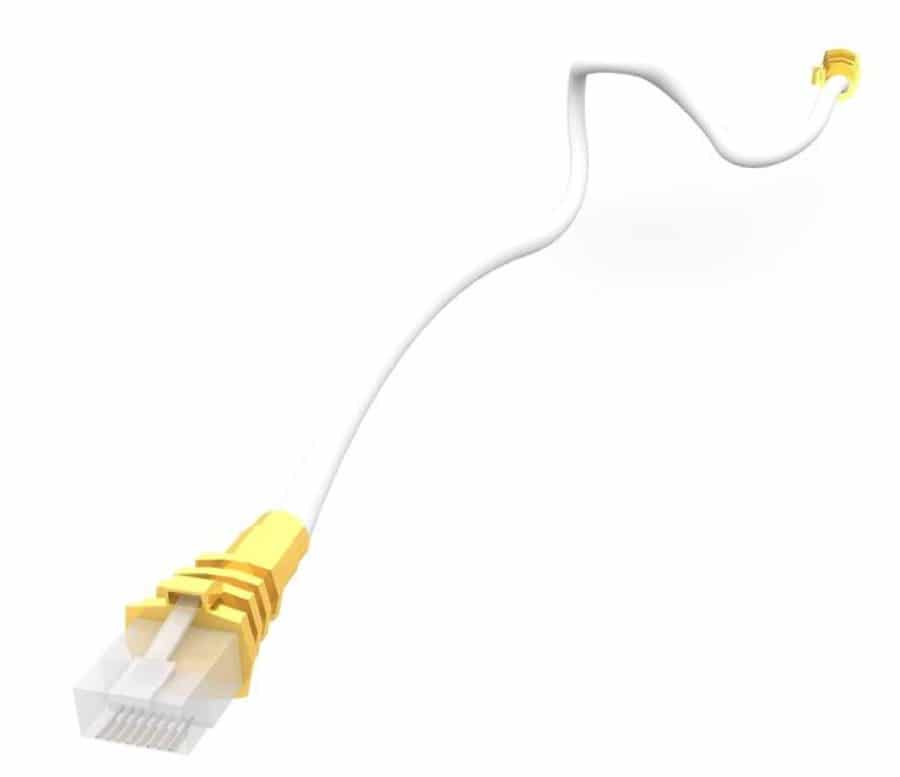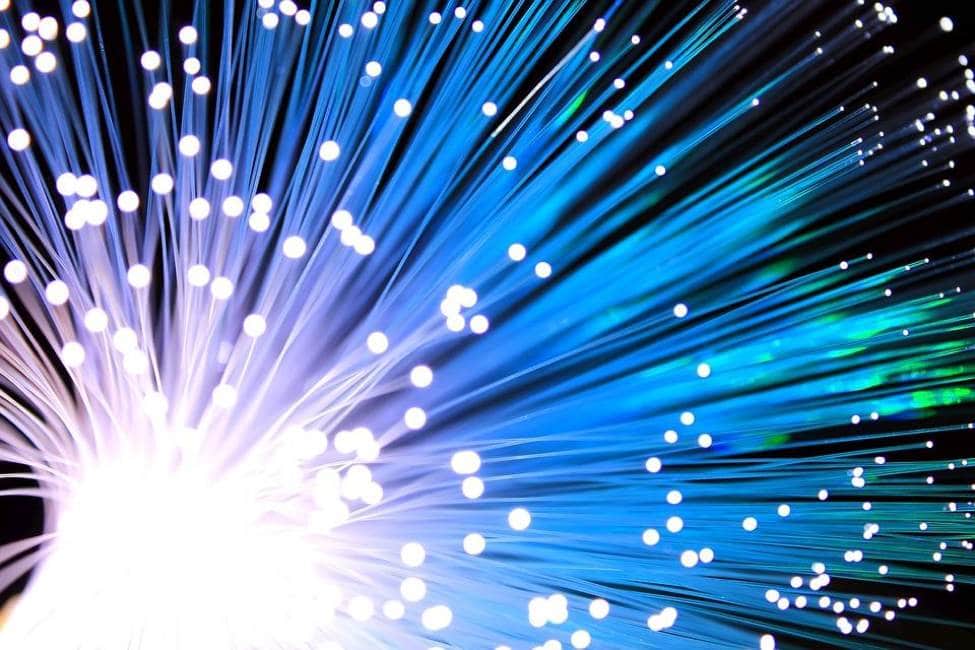If you did not know, broadband is a general term referring to just about any business or residential Internet connection type that is faster than the old, slow dial-up connections. In most cases, you are connected to a broadband service via a complex set of cables – called a wireline. However, there is also wireless broadband – mostly thanks to stations orbiting the earth.
Picking the best type of Internet service involves looking at each connection type, its benefits, and its flaws. Below are the major Internet connections to find one that is right for your small business.
Digital Subscriber Line (DSL)
DSL is a low-tech but high-speed fixed wireline broadband Internet connection that travels along copper telephone lines. Two-wire technology allows the connection to provide you with broadband Internet without any interference from your phone service.
Your premises is connected to the service through a DSL modem, which you connect office devices to via wireless or wired local area networks (LAN).
DSL is right for your business if you will be carrying out light to moderate web browsing, cloud backups, and file sharing. This connection can also support video conferencing and audio streaming and features fast download speeds. If you want to know how fast your download speeds are right now go to Speedcheck.org and take a test.

Cable Internet
The same connection that allows people to flip from National Geographic to ESPN for several years can also bring broadband Internet connectivity to your business. Cable broadband is usually available through coaxial cables, but new technologies now use hybrid-fiber coaxial (HFC) connections.
Cable Internet is right for your business if you do moderate file sharing, web browsing, and online backups. It’s also an efficient connection type when you have to use VoIP services and HD audio streaming, and it features moderate upload speeds and fast downloads.
Related: How to Have Multiple Phone Numbers on One Cell Phone: A Step-By-Step Guide
Fiber Internet
Fiber-optic Internet connectivity is one of the new entrants in the broadband world. This technology offers you incredibly fast speeds, and small businesses can solidly rely on it for their day-to-day activities. Unfortunately, this technology is available in a few areas throughout the United States, it is worth checking fiber internet near you as it can greatly improve your online experience.
Fiber-optic is the right Internet solution for your business if you are frequently into heavy web browsing, online backups, and constantly sharing files. In addition, this is the best Internet connection type for frequent HD audio streaming, VOIP services, hosting servers, and complex cloud-based services.

Satellite
If your business is located in a remote or rural area that does not have access to landline Internet services like cable, fiber, or DSL, satellite Internet saves the day. In most cases, your ISP will install a receiver dish pointing towards the southern skies. The dish gets data from orbiting stations in space in the form of radio frequencies, which are then translated to Internet signals by a modem in your office.
Unfortunately, the current satellite Internet technology cannot offer speeds as fast as cable, DSL, or anywhere near what fiber brings. This is because the stations are around 22,300 miles away from earth, which is a massive trip for data to travel. On the other hand, satellite offers you nationwide coverage without having to access a landline Internet service.
📖 More similar articles
The Takeaway
There is no single way of determining the clear winner between these different types of Internet connections. After all, it all depends on what your individual business demands.
For faster speeds, you should consider fiber; but if your budget is tight, consider the low-cost DSL solution. A satellite Internet connection is the best alternative if you are working in an office in some remote location. At the end of the day, the connection you choose should offer you a balance between costs, speeds, and service requirements.



